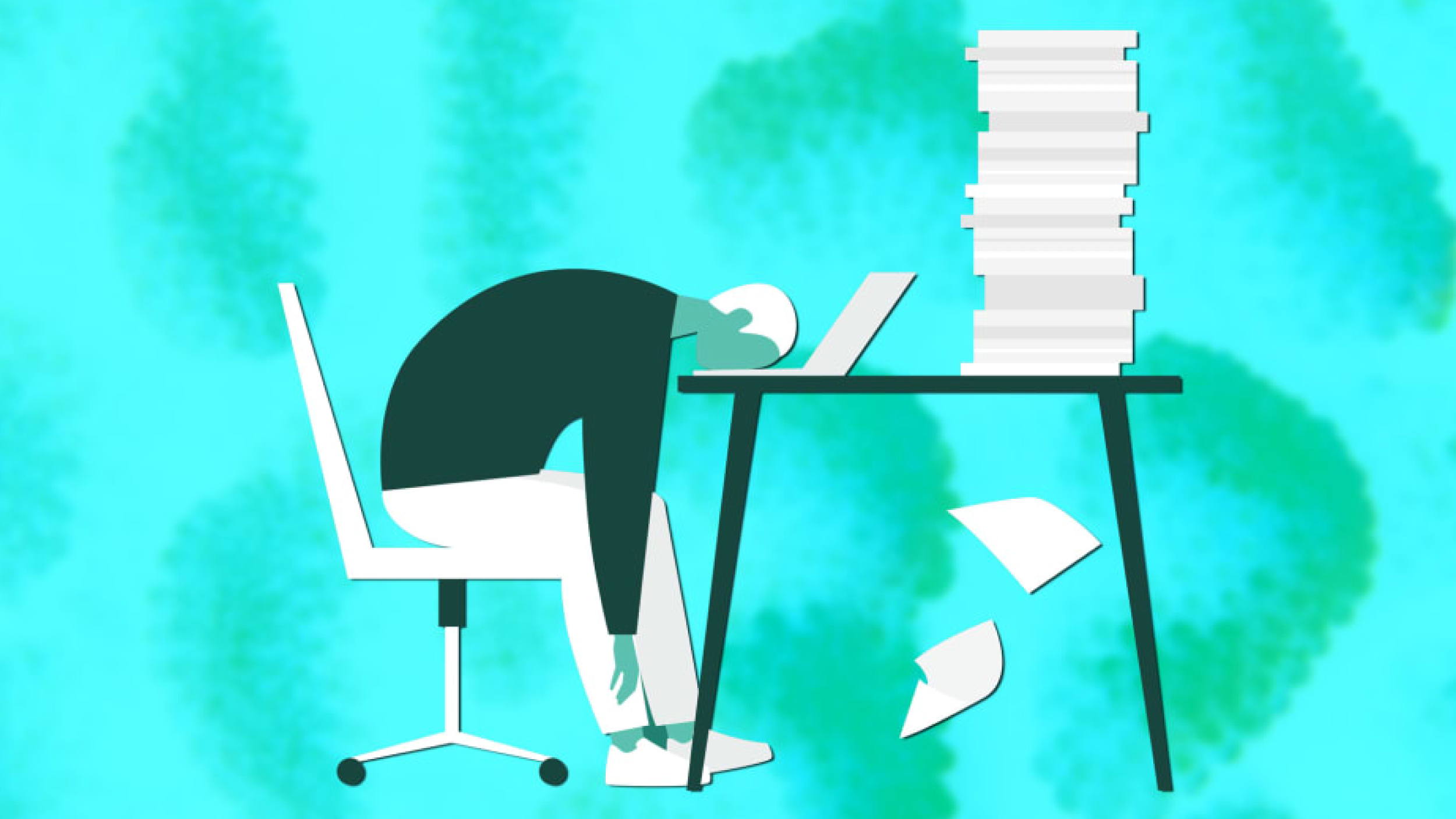
Photo Credit: iStock
We can all probably agree that procrastination isn’t wise. Some of us like to believe we work better under pressure. But pressure adds unnecessary stress. While most of us procrastinate from time to time, we often chalk it up to poor planning. When you understand what’s going on in your brain, though, a failure to plan isn’t the root cause.
“Procrastination is an emotion-focused coping strategy,” says Tim Pychyl, associate professor of psychology at Carleton University in Ottawa, and author of Solving the Procrastination Puzzle: a concise guide to strategies for change. “It’s not a time management problem.”
THE BRAIN OF A PROCRASTINATOR
Pychyl says researchers in Germany compared the brains of procrastinators to non-procrastinators using functional MRI. It found that the brains of procrastinators have a larger amygdala, which is part of the limbic system known for fight or flight.
“What’s happening is what we call the ‘amygdala hijack,'” says Pychyl. “The procrastinators are reacting emotionally, and the emotion-focused coping response is to escape. It’s saying, ‘I don’t want these negative emotions I’ll experience during the task,’ and so it avoids the task.”
Another important brain reaction is how it perceives the future. Research done by UCLA social psychologist Hal Hershfield found that the brain views our future self in the same way it views another person.
“[Hershfield] used a functional MRI to look at the brains of people when they were thinking of their present self, their future self, or the other,” says Pychyl. “When we think of future self, the same parts of the brain light up as when we think about the other.”
It’s also human nature to seek pleasure. “We want to feel good now,” says Pychyl. “It’s hedonistic over eudaimonic, which is the happiness we feel when we achieve meaningful goals.”
Putting it all together, when we face a task that presents boredom, frustration, or fear, the limbic system lights up, and the amygdala hijack overrides the prefrontal cortex, which is the home of executive function that includes things like impulse control, planning, and organization.
“All of a sudden, we’ve got all this input from the amygdala and we’re not able to recruit those higher order processes,” says Pychyl. “Even when we do, we think about our future self as a stranger. We’ll mistreat that stranger, and think, ‘I don’t want to do it; that person will.’ All those things come together to drive procrastination.”
Some of us are more prone to procrastination than others. Pychyl says this group often has high traits of neuroticism, such as worry, and depression, and self-consciousness. They have over-active, dominating amygdala.
People who are better at planning use another area of their brain. “You’re really talking about someone who’s high in executive functioning,” says Pychyl. “Instead of so much limbic system activity, they’re getting more prefrontal cortex activity, which reflects with planning and impulse control. Any down regulation of the prefrontal cortex, or executive function, leads to problems with following through on things.”
HOW TO GET CONTROL
If this sounds like you, you may think there’s no hope. Fortunately, there are things you can do. The key to getting control over procrastination is emotion regulation, and one method is practicing mindfulness.
Research out of the University of Pittsburgh found that people can learn to control their emotions through mindfulness. Participants practiced using nonjudgmental awareness over the course of eight weeks. The study found that their amygdala shrunk and the connections to the prefrontal cortex changed.
“When you’re freaking out over a task you need to do, your body and your mind are responding to your physiological arousal,” says Pychyl. “So, first and foremost, you have to stop that pattern of down regulation that it feeds off of.”
Pychyl suggests using breathing and muscle relaxation exercises. Then practice nonjudgmental awareness of the emotion. “Become aware,” he says. “Acknowledge your feelings. For example, you could say, ‘I’m really anxious about this report.’ And then look for the reasons for those emotions. Maybe you don’t want to disappoint. That makes sense. Your emotions are trying to teach you something. But you don’t need to freak out. My favorite saying is, ‘I can have anxiety. I don’t need to be my anxiety.'”
Once you are find a way to get control over your emotions, it’s time to move forward. Procrastination, whether it stems from fear or boredom, is resolved with action. It’s getting yourself to do something you don’t feel like doing. Pychyl suggests propelling yourself forward by breaking down a large goal or task into individual steps.
“What’s the next action you would take if you were going to start?” he asks. “Keep it as small as possible. Then you realize, ‘Well, I could do that action.’ Research has shown us that when you make progress, even a little bit on a goal, it fuels your wellbeing. Even if you just take the tiniest of steps, you’ll help yourself get started and then you’re on your way.”
Mindfulness + action: the one-two punch that can cure procrastination.
For the original article, visit: Fast Company.



